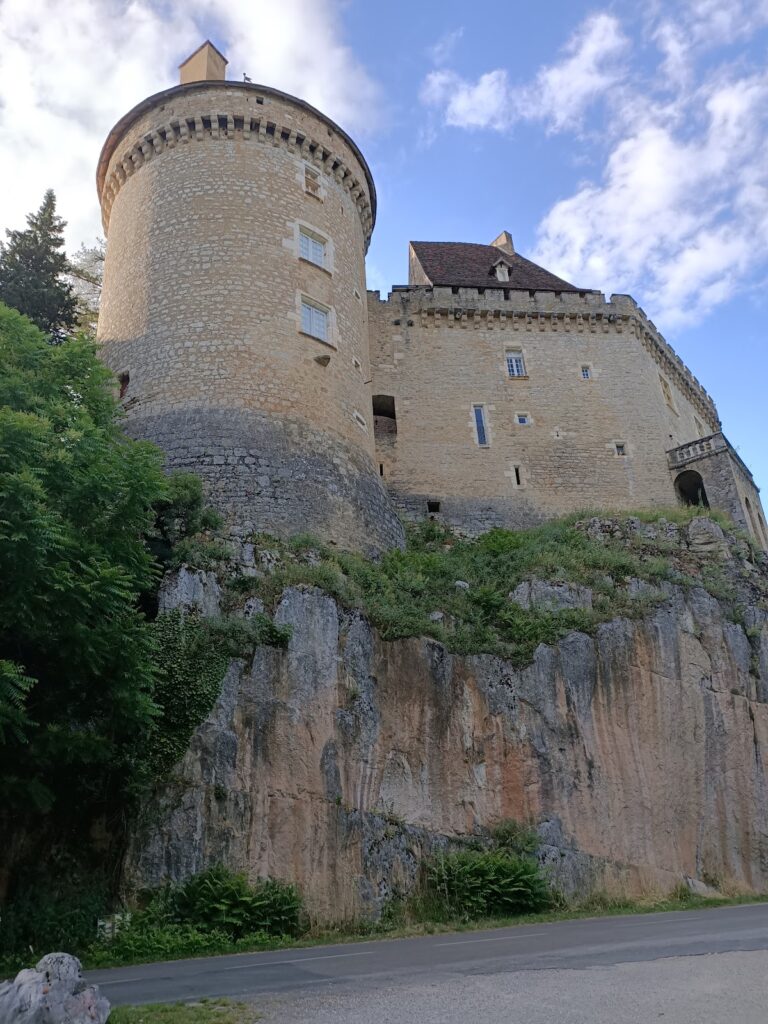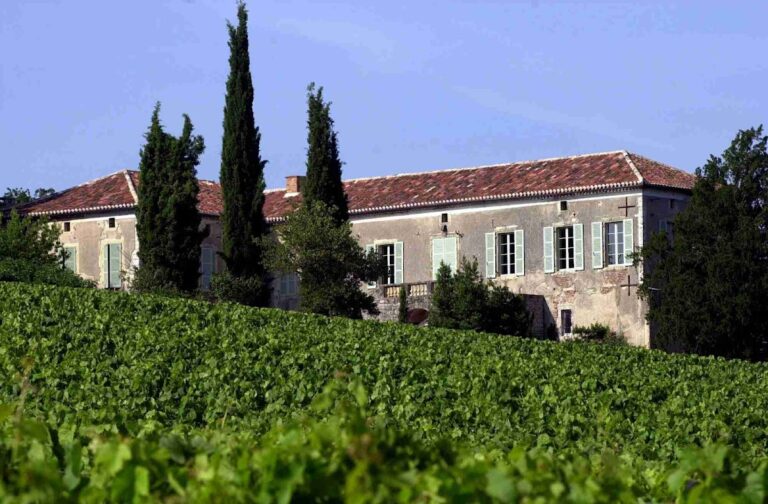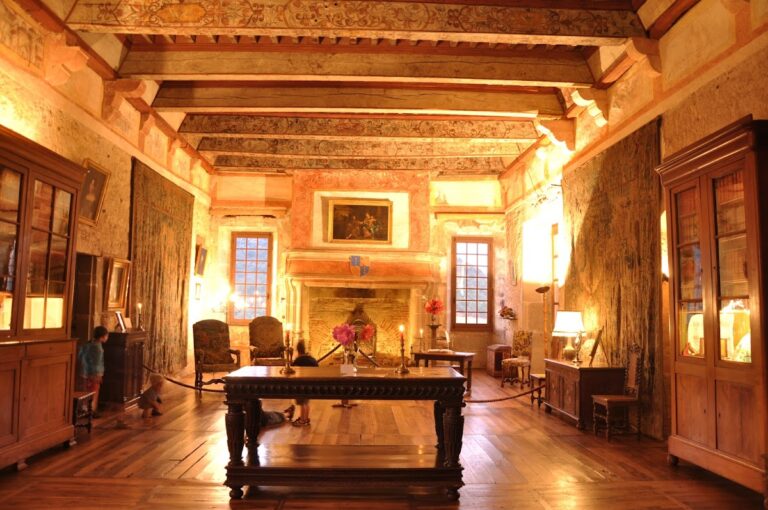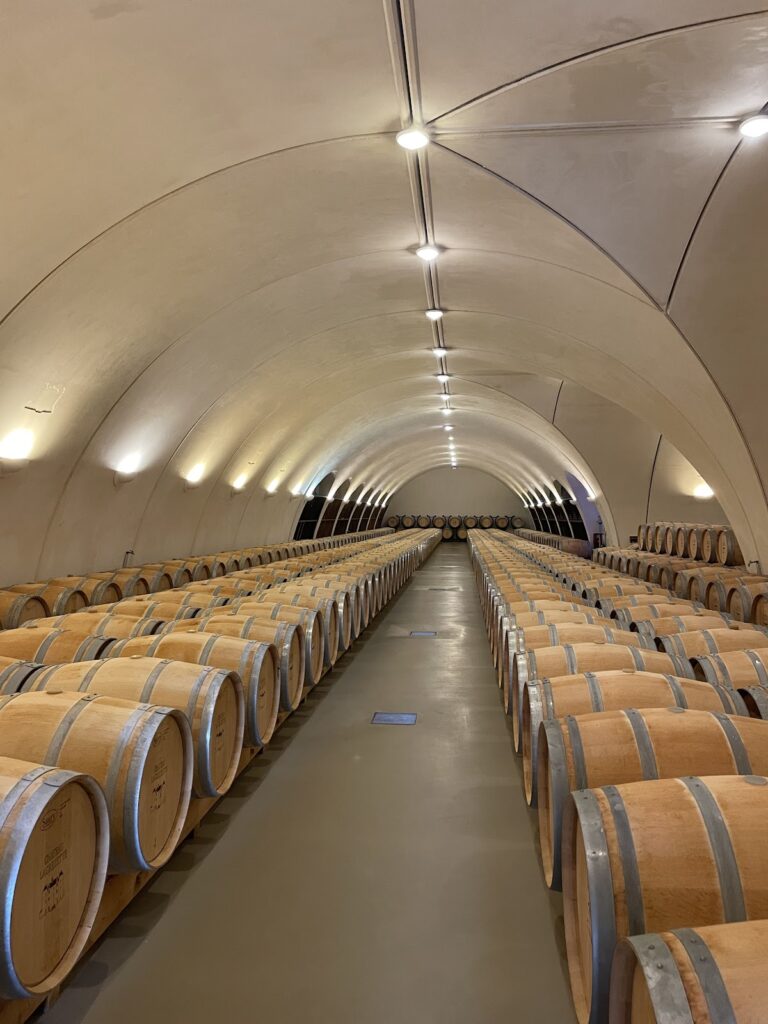Créneaux d’Aujols: A Medieval Castle in France
Visitor Information
Google Rating: 4.5
Popularity: Very Low
Google Maps: View on Google Maps
Country: France
Civilization: Unclassified
Remains: Military
History
The Créneaux d’Aujols is located in the municipality of Aujols in modern-day France. This medieval castle was constructed by a local noble family during the medieval period, reflecting the feudal landscape of the region.
The origins of the site are linked to the early 13th century when the seigneurie, or lordship, of Aujols belonged to the chapter of the Cahors cathedral, the religious body overseeing the area. Contrary to popular legend that credits the Knights Templar with building the castle, historical documents reveal that the land was held as a fief by the Cardaillac-Bioule family. The first recorded formal homage to the cathedral took place in 1252 by Bertrand de Cardaillac-Bioule, with his descendants renewing this pledge in 1316 and 1339. This indicates the family’s rising local influence and their feudal obligations.
Construction of the castle itself likely took place in the latter half of the 13th century. Records from 1310 suggest that the castle and the nearby church of Saint-Jean-Baptiste were enclosed within the same fortified boundary, as parishioners were required to enter the castle grounds to attend mass. This arrangement points to a close physical and social connection between the noble residence and the religious institution.
Following the turmoil of the Hundred Years’ War in the 14th and 15th centuries, the power dynamics shifted. The Cardaillac-Bioule family began paying homage directly to the French king rather than to the Cahors cathedral chapter, signaling the loss of ecclesiastical control over the territory. The castle and its lands suffered severe devastation during this period. Efforts to revive the seigneurie were made by Jean de Cardaillac in 1455, who worked to repopulate the area and restore local stability.
The late 15th century brought further conflict to the region, including possible troop movements by royal forces in 1487 that may have caused additional harm to the castle. Around this time, the Cardaillac family started building a new stronghold at Cieurac, leading to the gradual decline of the Château d’Aujols as their main residence.
Throughout the 16th and early 17th centuries, ownership of the seigneurie changed hands multiple times. Portions of the estate were sold to families such as the Dayrac and later acquired by Mademoiselle de Vanis and the Dadine de Hauteserre family. By the end of the 16th century, the Cardaillac-Bioule family no longer held the seigneurie, and the castle fell into abandonment.
In the 18th century, the ruins of the medieval fortress remained visible, but a new dwelling was constructed on the site. This later habitation incorporated two of the castle’s original façades, preserving a fragment of its medieval presence. Recognizing its historical value, the Château d’Aujols was officially designated as a historic monument on 25 June 1929.
Remains
The site of the Créneaux d’Aujols consists of the ruins of a medieval castle built primarily in the second half of the 13th century. It was constructed within a fortified enclosure likely shared with the adjacent church of Saint-Jean-Baptiste, indicating an integrated defensive and community layout. The castle’s location and design reflect its function as both a noble residence and a protective enclosure for the parish.
Among its surviving elements, the upper parts of the ruins display stone crenellations, also known as battlements. These distinctive notched parapets were traditional defensive features allowing defenders to observe and protect the castle from attackers. The presence of these crenellations underscores the military character of the structure and are visible from the church square and various nearby viewpoints.
Later modifications included the construction of a habitation in the 18th century that reused parts of the medieval walls. Notably, two original façades from the castle were preserved and incorporated into this newer building, melding the architectural heritage of different periods. Today, these façades stand as tangible links to the castle’s medieval past.
The ruins remain a testament to the castle’s historical evolution, from a feudal fortress connected to local religious authority to an abandoned stronghold transformed into a domestic residence. Its stone walls and battlements continue to define the site’s character and reflect centuries of change attested by documentary sources and preserved structures.







